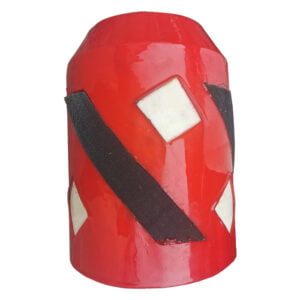
Common Pipe Cleaning Pigs for long-range natural gas pipelines are pig balls, polyurethane foam pigs, mechanical pigs, caliper pigs, smart pigs (magnetic flux leakage detection pigs), and isolation pigs for reducing sequential oil mixing. Regular cleaning of the pipe can remove scale, rust and other impurities from the inner wall of the pipe. It also prevents pipe clogging and ensures that oil and gas can flow unimpeded. This is essential to ensure the continuity and stability of energy supply
Pig Ball
The pigging ball is made of neoprene rubber, hollow, and the wall thickness is 10% of the pipe diameter (30~95 mm). The injection water is controlled through the single-direction valve of the water injection vent on the pigging ball, and then the interference amount of the pigging ball is controlled. The pigging ball mainly removes the accumulated liquid in the pipe and the separating medium, including the isolation of different oil products in the sequential delivery of oil, and the removal of air in the pipe in the hydraulic test of the pipeline. The disadvantage of the pigging ball is that the ability to remove lumps and dust is poor. For example, the diameter of the branch pipe is greater than the diameter of the main pipe 1/2 tee, or the use of an equal diameter tee. While there is no protection bar, easy to cause the stuck ball fault.
Polyurethane Foam Pig
The length of the polyurethane foam pig is 1.75 to 2 times the diameter of the pipe. The interference volume is generally 25 mm or 5% to 10% of the diameter of the pipe, with high elasticity, toughness, and certain wear resistance. And the deformation amount is more than 50%. The foam pig has a strong passing ability and is easy to pass through the bending pipe. Even if a stuck occurs, it can also rely on its high deformation performance to pass or increase the pressure to make it break and remove the blocked pipe by itself, and there will be no pressure accident.
The foam debris of the foam pig has no damage to the inner wall of the pipeline, and is suitable for cleaning the pipeline with inner wall coating. The disadvantage is that the removal of debris capacity is general, mainly used for pipe0line water absorption, and cleaning, and can only be used once, the running distance is short.
Mechanical Pig
The mechanical pig can not only remove liquid buildup in the pipe but also remove solid impurities. Therefore it enhances the pigging effect by installing steel brushes and scrapers as required. The mechanical pig has a long service life, generally running 800~ 1000 km. It can be installed with tracking equipment, caliper plates, magnets, etc. The missing point is slightly poor passability and is not suitable for pipelines with multiple elbows, valves, and large deformation. The main mechanical pigs for domestic pipeline applications is the dish-type cup pig and the bidirectional straight plate pig. The interference volume of the disc-type cup pig is generally 3% to 5% of the pipe diameter, and the passing capacity is better than that of the bidirectional straight plate pig.
The cup pig runs in the pipeline and maintains a fixed direction. The pig mainly works in removing the accumulated liquid, dust, and other dirt in the pipeline. The cleaning capacity of a bidirectional straight plate pig is better than that of a cup pig. Especially it can effectively remove suspended dirt in the pipeline. Compared with the dish-type leather bowl, the wear is faster, the running distance is shorter, and the pigging efficiency is better in the short-distance pipe section. The straight-plate pig can move in both directions. When the pipeline is put into operation or the pipeline is not cleaned for a long time.
Caliper Pig
The caliper pig measures the geometry, ellipticity, roughness, and weld permeability of the pipeline. It can provide the original basic data of the pipeline condition and provide the basis for pipeline maintenance and pigging. The diameter of the caliper pig is about 60% of the diameter of the pipe. The leather bowl is flexible and can pass 15% of the shrinkage hole. The key technologies of the caliper pig are speed control, detection accuracy, reliability, and later data processing and analysis. Before intelligent pigging (in-pipeline detection), the caliper pig should be launched to determine the internal condition of the pipeline. Besides it also tests the pipeline passing ability.
Smart Pig
The smart pig consists of a data acquisition sensor, a support system, a drive system, a leather bowl (steel brush), a probe, a power system, and a signal processing system. Its length is 4 to 5 times that of an ordinary pig. To inspect the pipeline smoothly, the ordinary pig is first fired to clean the pipeline before launching the intelligent pig. The pipe information collected and determined by the intelligent pig includes pipe geometric deformation measurement, pipe dent, wrinkle, ellipticity, bending radius, etc. Pipe metal loss, wax deposition, and corrosion degree; Location, area, and severity of pipeline cracks.


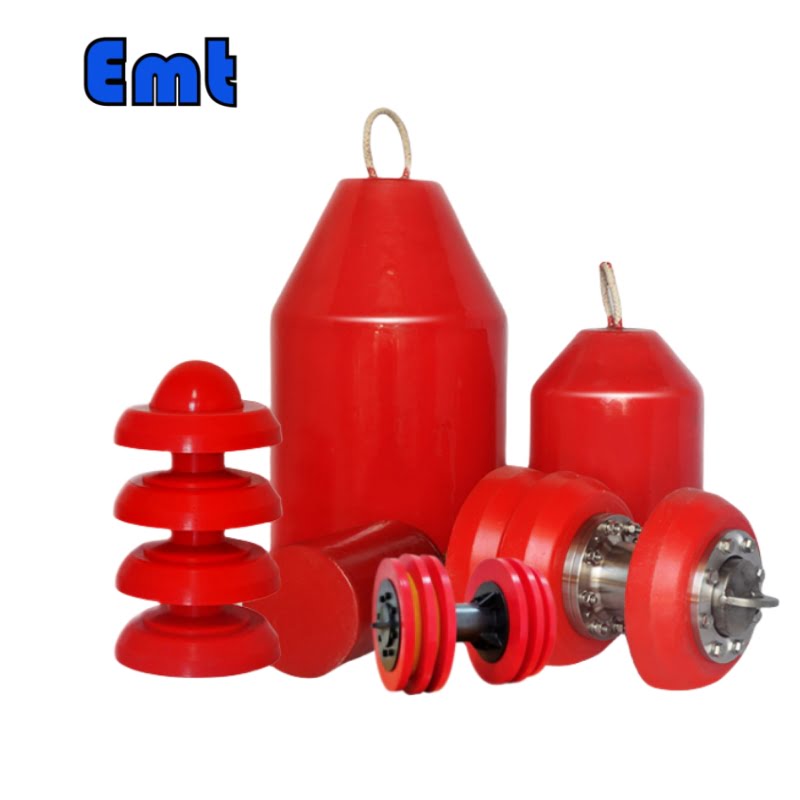
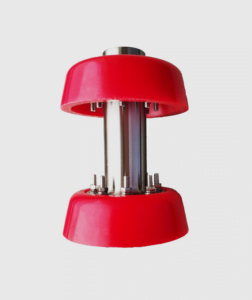
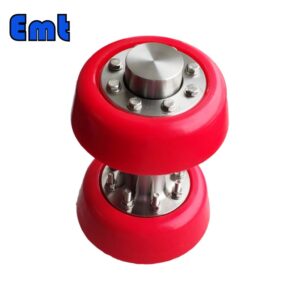
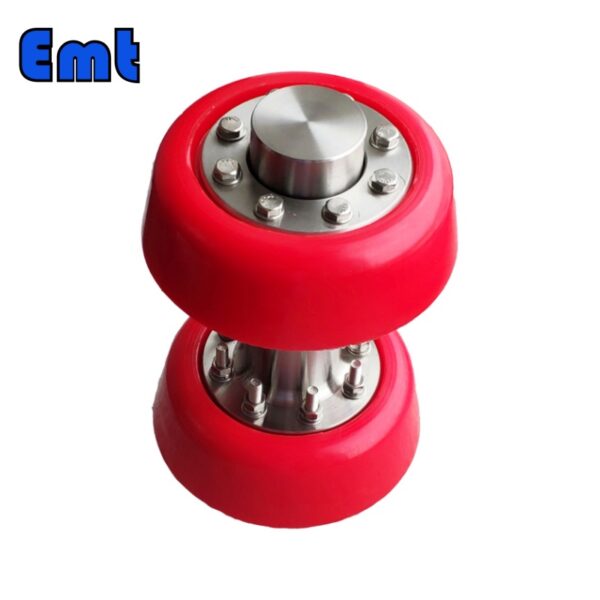
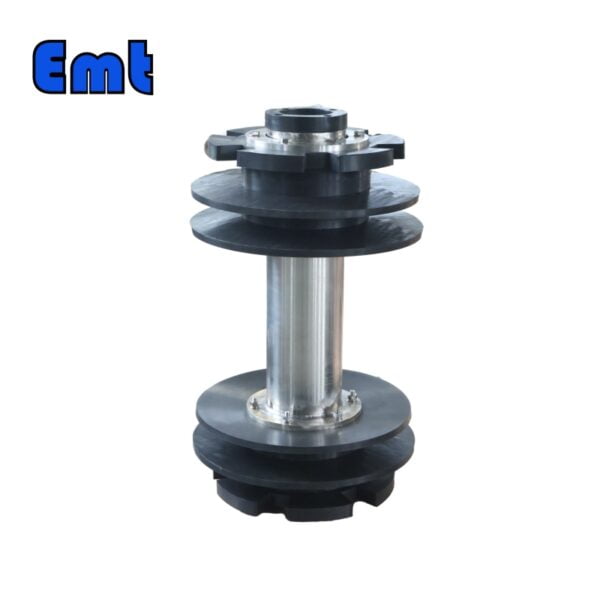
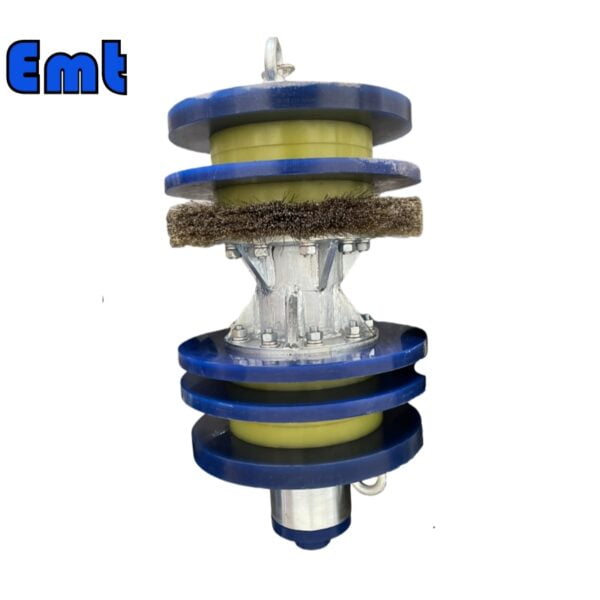
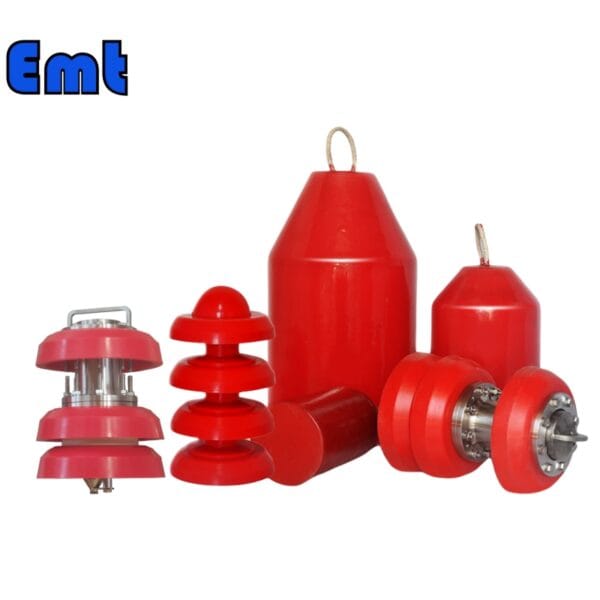
There are no reviews yet.